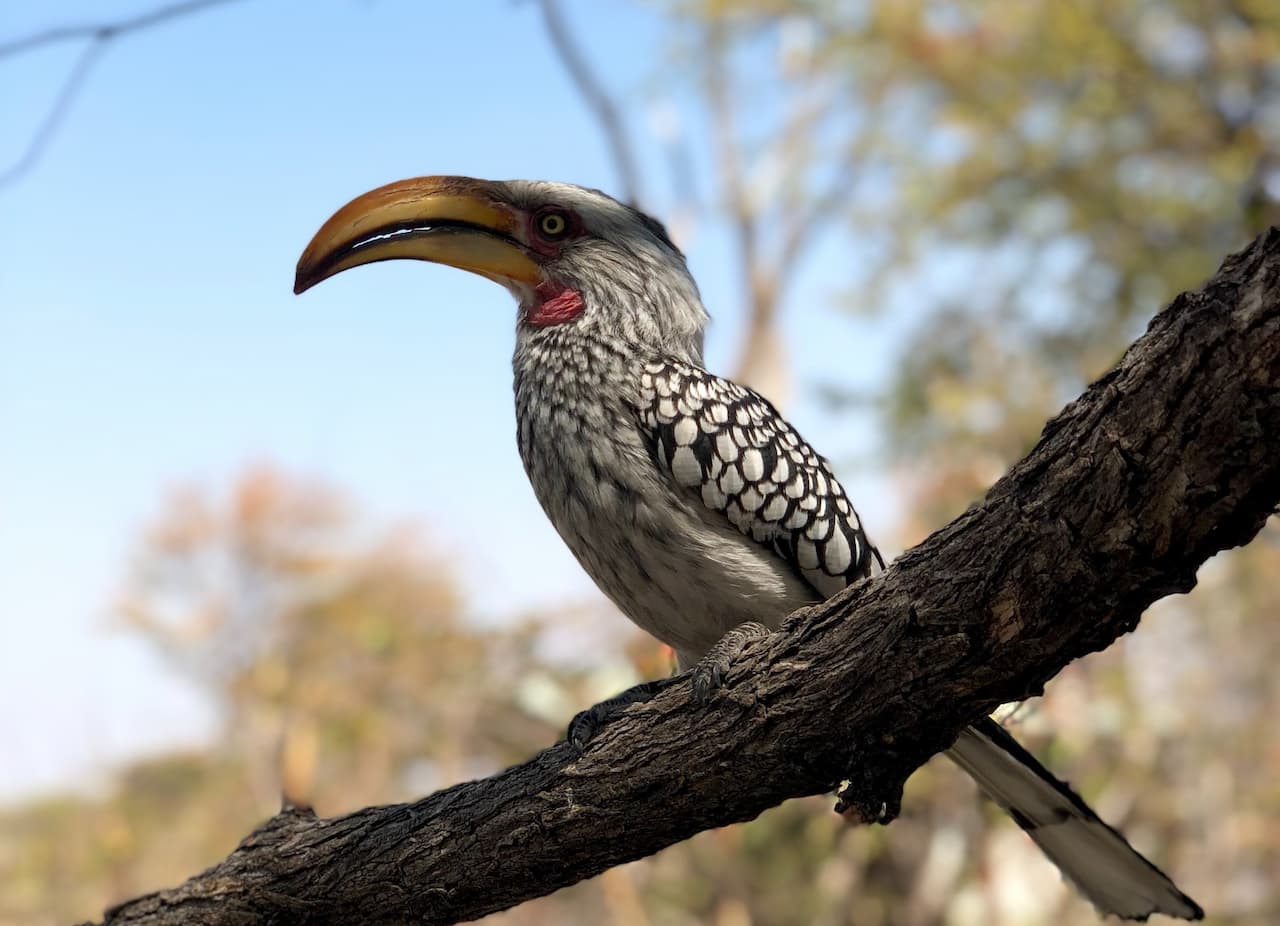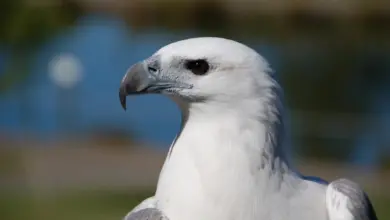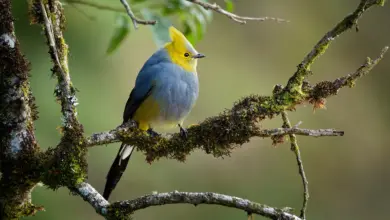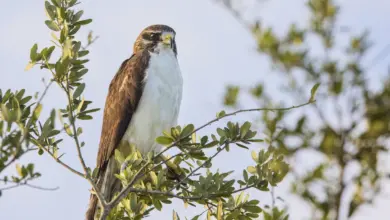The Yucatan Poorwills (Nyctiphrynus yucatanicus) is a member of the nightjar family.
The nightjar, as suggested by the name, is strictly nocturnal. Throughout the day, it typically rests quietly in densely vegetated hiding places. At night, they become active as they hunt flying insects in more open landscapes, such as forest clearings, wetlands, and along rivers.
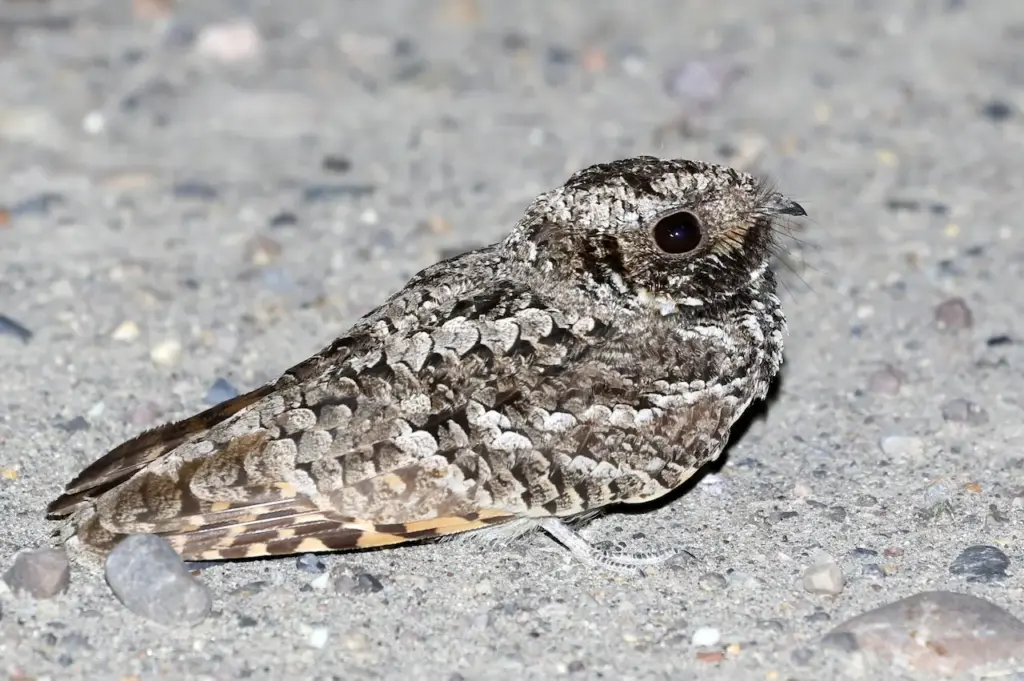
Their cryptic appearance allows them to blend into their habitat, hence these birds are very difficult to spot during the daytime, at which time they are usually hidden away sleeping.
They may be detected at night when light from car headlights is reflected red from their eyes, as they are sitting on tracks or roads. However, their presence is most often made known by their loud calls given at dusk.
Alternate (Global) Names
Chinese: ????? … Czech: Lelek aztécký … Danish: Yucatánpoorwill … Dutch: Yucatan nachtzwaluw… German: Yucatan Nachtschwalbe, Yucatannachtschwalbe … Finnish: Jukataninkehrääjä … French: Engoulevent du Yucatan … Italian: Succiacapre dello Yucatan … Japanese: yukatanyotaka, yukatan’yotaka … Mayan languages: puhuy … Norwegian: Yucatánnattravn … Russian: ?????????? ???????, ?????????? ??????? ??????? … Slovak: lelek yucatánsky … Spanish: Chotacabras Yucateco, Pachacua Yucateca, Tapacamino Yucateco, Tapacaminos Yucateco … Swedish: Mellanamerikansk nattskärra
Distribution / Range
The Yucatan Poorwills occur naturally in the Yucatán Peninsula region in southeastern Mexico with the exception of the north coast of the peninsula. Its range is a 31-mile (50 km) wide coastal strip that extends 435 miles 9700 km).
These birds are also found south in south-central Belize and northeasternmost Guatemala, as well as the southern regions of Mexico. They inhabit subtropical or tropical dry forests and shrubland.
Yucatan Poorwills Description
The Yucatan Poorwills are medium-sized nocturnal birds with long pointed wings and very short bills. They have short legs and small feet, of little use for walking. Their soft plumage is cryptically colored to resemble bark or leaves. They blend perfectly into their habitat, making them very difficult to spot during the daytime when they are usually hidden away from sleeping. Their presence is most often made known by their loud calls given at dusk.
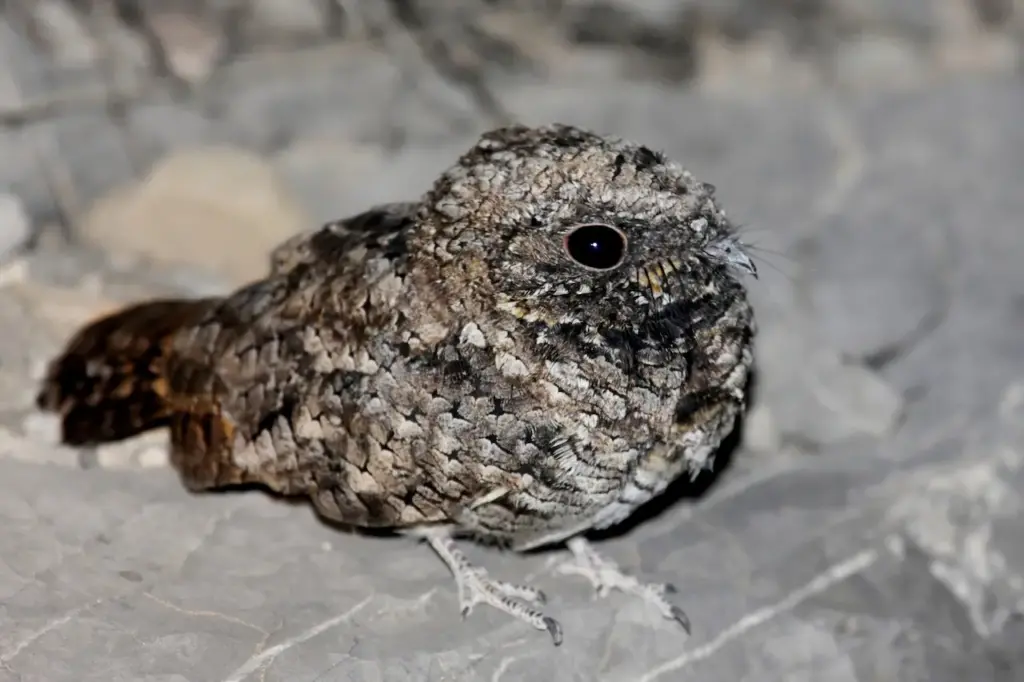
Yucatan Poorwills Nesting / Breeding
The male establishes his territory and sings at night to keep rivals away and at the same time to attract a female.
Nightjars don’t actually construct a nest, as most other bird species do. They simply place the eggs on the ground on open soil covered with dead leaves.
Nesting appears to be timed in such a way that the moon is more than half full at the time they are feeding their young – likely as the additional light during the night facilitates caring for the young and foraging for food.
The female may lay one to two eggs (mostly two) that are whitish or creamy in color, with brown and grey spots or blotches.
During the day, the incubation of the eggs is undertaken by the female, while both parents share the incubation at night. The incubation period is about 19 to 21 days.
Within 24 hours of hatching, the down-covered chicks are capable of short-distance movements. In many cases, they will move apart shortly after hatching. This may serve to make it more difficult for predators to detect them. The male usually guards the nest and the chicks. He is often seen hovering in place near the nest with his body in a nearly vertical position. The parents communicate with their chicks via soft clucking sounds to which the chicks respond.
The chicks are fed regurgitated food (insects) by both parents. They usually fledge the nest when they are 20 to 21 days old.
If conditions are favorable, the female may lay a second clutch close to the first and while she is incubating the new set of eggs, the male continues to care for the young from the first brood.

They have developed several behavioral adaptations to minimize predation:
- Their nocturnal (night) lifestyle reduces the likelihood of being detected by daytime predators. During the daytime, they typically sleep on the ground where they are perfectly camouflaged by their “earthy” colored plumage. They almost always change their roost sites on a daily basis.
- When nesting, they sit quietly on the eggs, minimizing any movements that could get them detected.
- If an intruder does get close to the nest, the parents may try to lead them away by first flushing off the nest and when landing feigning injury as they lead the potential thread away from the nest. While the parent performs this distraction display, the young may scatter and freeze.
- The parent who is not incubating the eggs or brooding the young will roost away from the nesting area.
- They may also move the eggs or young to prevent them from being preyed upon.
- Nightjars avoid voicing when they hear the calls made by predatory nocturnal animals, such as owls.

